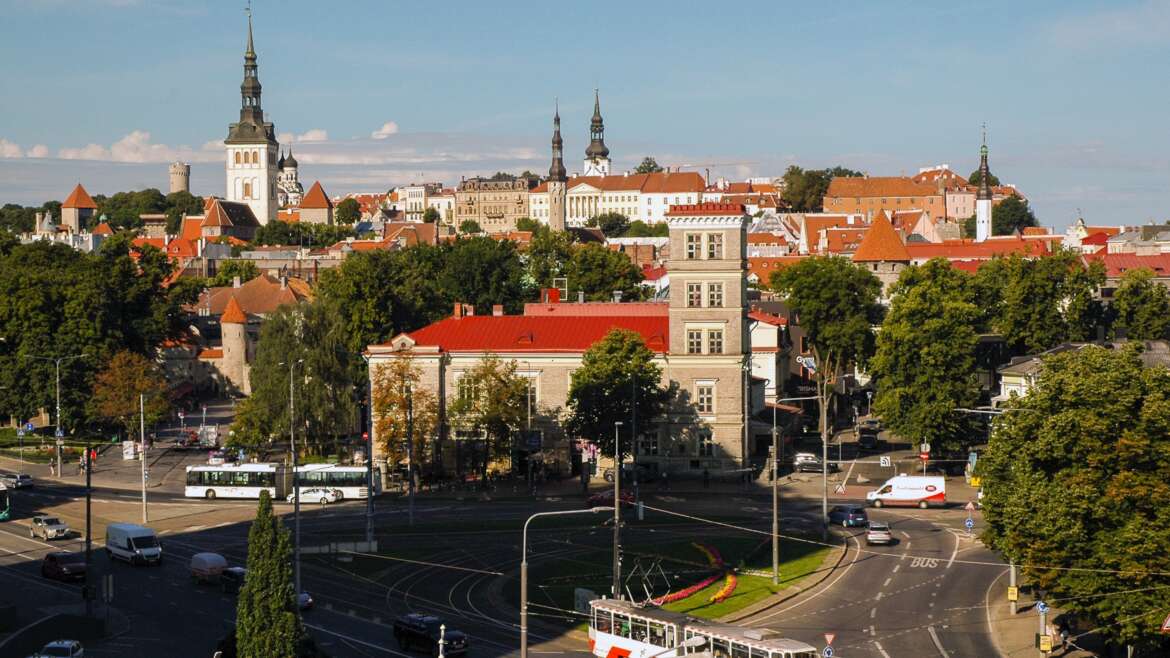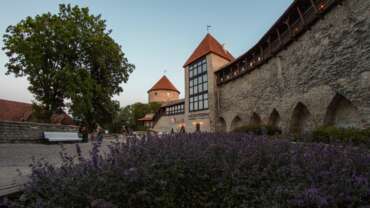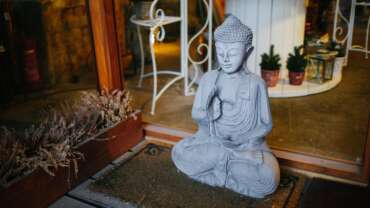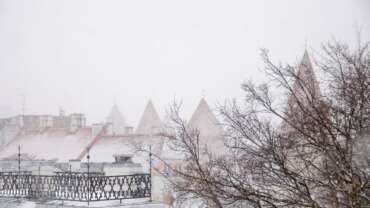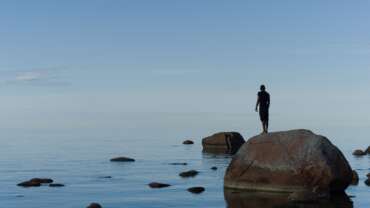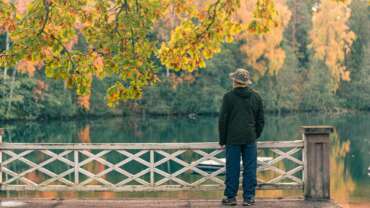Historical & Cultural Tourism in Estonia
Museums & galleries
There are about 250 museums in Estonia displaying everything from local history to international artists. The museums offer inspiring experience both for children and adults.
From traditional village culture to KGB history, there’s plenty to learn about in Estonian museums. Some of the brightest stars in Estonian museum scene are KUMU art museum and Seaplane Harbour, both located in Tallinn. Nominated European Museum of the Year at different times, both museums are among the many must-see museums in Estonia for their inventive architectural grandeur as well as interactive displays, events and cafes.
In the southern part of the country Estonian National Museum opened its new and bigger building in October 2016. Many smaller museums may be found in the city centre of Tartu. Children will definitely love AHHAA science centre, where they can learn playfully about water, fire, energy and etc.
Estonian architecture
Estonia is a must-see destination for anyone interested in European heritage. Architectural monuments from medieval to modern age are in top notch condition and open to visitors in the form of museums, hotels, restaurants and bars.
Start your architectural tour in Tallinn Old Town, a UNESCO World Cultural Heritage site, and head to old fortifications, churches, castles, manors, lighthouses and other examples of historically notable architecture. You’re bound to find architectural gems of your liking in every smaller and larger community in Estonia. Take a walk in Telliskivi or hop on a public transport to experience different areas of the city. In its own way it is like travelling in time.
Castles & manors
Estonia boasts more than 1000 castles and manors dating back as far as the 13th century. Once a home to German and Russian landlords, many of these estates now serve as galleries, luxurious spa hotels and gourmet restaurants.
Whilst touring Estonian countryside, visitors encounter elegant and historical architecture in all styles with dominant motifs featuring renaissance, baroque and art nouveau. While many castles and manors have crumbled in time, some have been beautifully restored and remain open to the public.
Many of these architectural landmarks come with their own manicured gardens and feature an art collection inspired by the establishing family of nobles. For their classy, poetic ambience, mansions are also popular wedding venues among the locals.
Lighthouses
Being an ancient maritime nation, Estonian coasts are dotted with historical lighthouses that continue to top world listings for most spectacular architecture.
The oldest lighthouses in Estonia have stood strong and guided seafarers of all nations since the 16th century. A vast amount of dedication and craftsmanship has been invested in these architectural monuments, with Gustav Eiffel himself rumoured to have been involved in the construction of the 19th-century lighthouse located on the small island of Ruhnu.
Churches
From wooden Scandinavian-style sanctuaries along the coastline to immense gothic churches towering a sleepy village, Estonian churches tell an epic tale of how the Northern European culture came to be.
If you are looking to travel back in time and place, and experience the world through the eyes of medieval aristocracy, or perhaps the local peasantry giving rise to the local culture, step into an Estonian church. In addition to historical landmarks, a number of award winning modern houses of worship have been built in recent years.
While modern Estonia can hardly be considered a religious country, churches have played an important role in Estonia’s culture and politics ever since the arrival of German crusaders in the early 13th century. The Medieval churches in particular were monumental projects that drew Europe’s best artistic talent with an interior and exterior that to this day can be admired in full grandeur.
Forts
Back in the 13th century, Estonia’s state of the art forts and strongholds made neighbouring kingdoms pale in comparison. Today, you can still tour many of these great walls holding hundreds of years of wartime history.
While many have fallen into ruin, there are still a number of perfectly intact forts in Estonia. Being a massive statue of a building, Kuressaare fort in Saaremaa lies in the midst of a humble small town and is considered the best preserved medieval fort in the Baltic states. For more scenic views and colossal fortresses, visit the capital Tallinn and Eastern border town Narva.
Arts and crafts workshops
Our people still have many traditional skills that the rest of the world considers exotic. Learn something new during your vacation in Estonia! It may be the start of something new in your life or give you a fun new hobby.
In the historical parts of Hansa cities Tallinn, Tartu, Pärnu and Viljandi, arts and crafts guilds offer visitors to learn a new technique with the help of a professional as well as buy quality products and take a look at how they are made.
Eesti Käsitöö Kodu (Home of Estonian Handicraft) is the biggest craft centre in Estonia and carries products and items from the best craft shops and houses from Estonia. There you can purchase exquisite and quality handicraft, get information on events in the crafts area and book courses and presentations. Very often group trainings as well as personal workshops must be booked in advance.



